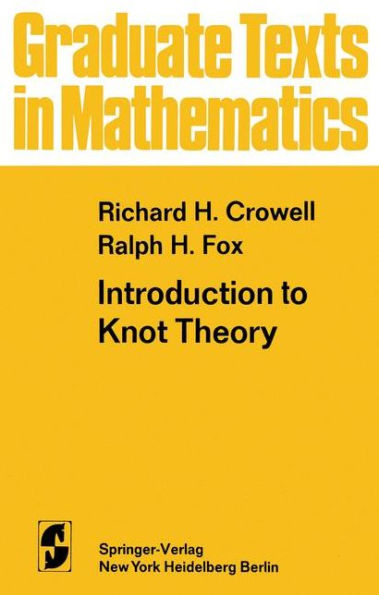Time: Its Structure and Role in Physical Theories
This book on the structure and role of time in physical theories addresses itself to scientists and philosophers intereste: 'i in the 'no man's lard' between science and philosophy, in particular between physics and philoso- phy. The p: lint of departure is physical time, Le. time as usErl 1: physicists in their theories; but the analysis is not oonfined to a purely physical level but caries the problem into the domain of philosophical in- quiry. Altoough the book presupp: lses some knowledge of physics, I have avoided, wherever p: lssible, the use of advanced mathematics and technical details. Of all the people woo have been of help in writing this book, I w: >uld first of all like to mention Paul Scheurer and Guy Debrock who were my primary mentors in science and philosophy. This sttrly is a revision of my dissertation [Kroes 1982a] which I wrote under the stimulating guidance of Scheurer; many of the ideas ex- posed here have their origin in his w: >rk and were developErl in frequent discussions with him. Guy Debrock not only stimulated my interest in philosophy but also made valuable suggestions. Witoout any overstatement, I dare say that without their assistence, this book w: >uld never have been written. Furthernore, I w: >uld like to thank D. Dieks, J.J.C.
1111365710
Time: Its Structure and Role in Physical Theories
This book on the structure and role of time in physical theories addresses itself to scientists and philosophers intereste: 'i in the 'no man's lard' between science and philosophy, in particular between physics and philoso- phy. The p: lint of departure is physical time, Le. time as usErl 1: physicists in their theories; but the analysis is not oonfined to a purely physical level but caries the problem into the domain of philosophical in- quiry. Altoough the book presupp: lses some knowledge of physics, I have avoided, wherever p: lssible, the use of advanced mathematics and technical details. Of all the people woo have been of help in writing this book, I w: >uld first of all like to mention Paul Scheurer and Guy Debrock who were my primary mentors in science and philosophy. This sttrly is a revision of my dissertation [Kroes 1982a] which I wrote under the stimulating guidance of Scheurer; many of the ideas ex- posed here have their origin in his w: >rk and were developErl in frequent discussions with him. Guy Debrock not only stimulated my interest in philosophy but also made valuable suggestions. Witoout any overstatement, I dare say that without their assistence, this book w: >uld never have been written. Furthernore, I w: >uld like to thank D. Dieks, J.J.C.
109.99
In Stock
5
1

Time: Its Structure and Role in Physical Theories
227
Time: Its Structure and Role in Physical Theories
227Hardcover(1985)
$109.99
109.99
In Stock

Product Details
| ISBN-13: | 9789027718945 |
|---|---|
| Publisher: | Springer Netherlands |
| Publication date: | 12/31/1984 |
| Series: | Synthese Library , #179 |
| Edition description: | 1985 |
| Pages: | 227 |
| Product dimensions: | 6.14(w) x 9.21(h) x 0.03(d) |
From the B&N Reads Blog
